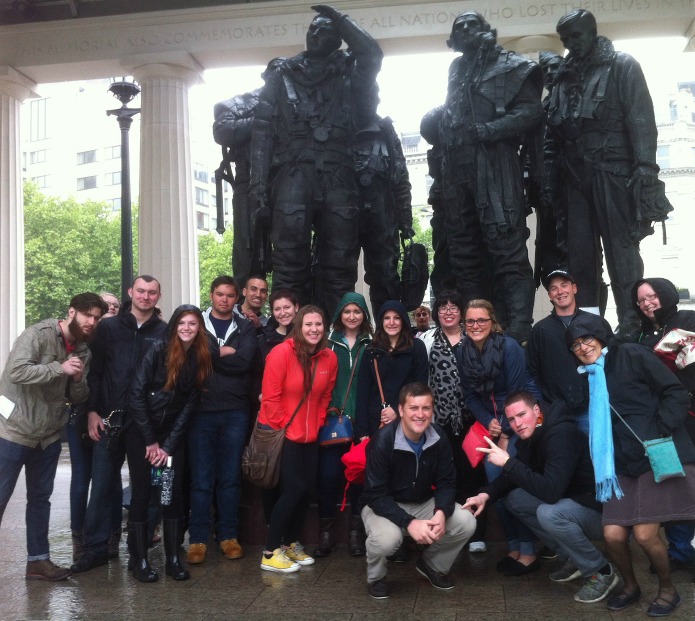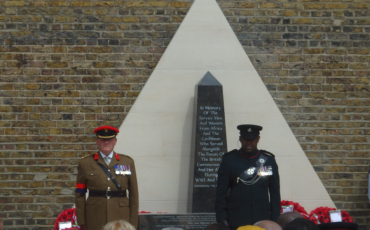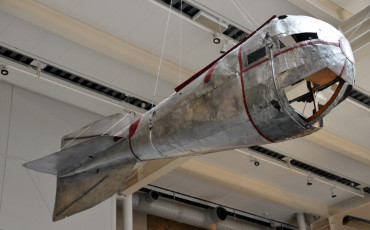World War One Walks have now found a natural home on the homepage of School Travel Organiser. “Plenty of teachers found Blue Badge tours a natural fit for their geography and sports history courses in the run-up to 2012. We’re hoping we can repeat something like that with the Great War,” says Stan Medland, a World War One Walks committee member.
“Blue Badge tours provide a wide variety of excellent out-of-classroom education opportunities. We nicely compliment visits to Western Front sites, by showing how the conflict affected lives back at home, both at local and at national levels. Without the mud, and the ferries!”
So far World War One has provided a modest but enjoyable stream of paying customers for a dedicated number of Blue Badge tourist guides in London and beyond. Ex-Saatchi ‘suit’ Blue Badge Tourist Guide Mark King says “We started this enterprise in the hope of roping in more guides as numbers grew, and with this latest link-up we are hopeful that we can still achieve that.”
He adds, “We certainly tick a lot of history curriculum boxes. For Key Stage 1 & 2, the curriculum focus is on changes wrought by WWI on national life – the effects on families, the status of women, universal suffrage, rationing, looting, and also the changing power of monarchs – the people’s war of volunteer armies created the ‘socialist monarchy’ that survives to this day.
Our offering to teachers is especially powerful because students can visit actual localities associated with historic events. These can be air fields, government buildings, or city streets following the damage inflicted in Zeppelin raids.”
For Key Stage 3, World War One Walks can illustrate the development of the British Empire, Ireland and Home Rule, Women’s Suffrage, and changes in political power – the WWI Paris Peace Conference heralded the arrival of the modern world, dominated by nationalism and the power of the United States.
We World War One guides have seen numbers vary significantly, from the high dozens for Last Journey of the Unknown Warrior, to a handful of drenched Aussies in the rain for my last Gallipoli outing in Green Park. Our consistent big hitters are Unknown Warrior, Zeppelin and Women of World War One. The anniversaries are usually where the spikes of interest lie. We are therefore gearing up for the centenaries of The Battle of Loos, the Somme, Jutland, and the Easter Rising.

WW1 history students from Pittsburgh’s Duquesne University shelter from the May showers in Green Park. Next stop, Tyne Cott Cemetery. Photo: © Simon Rodway.







Leave a Reply